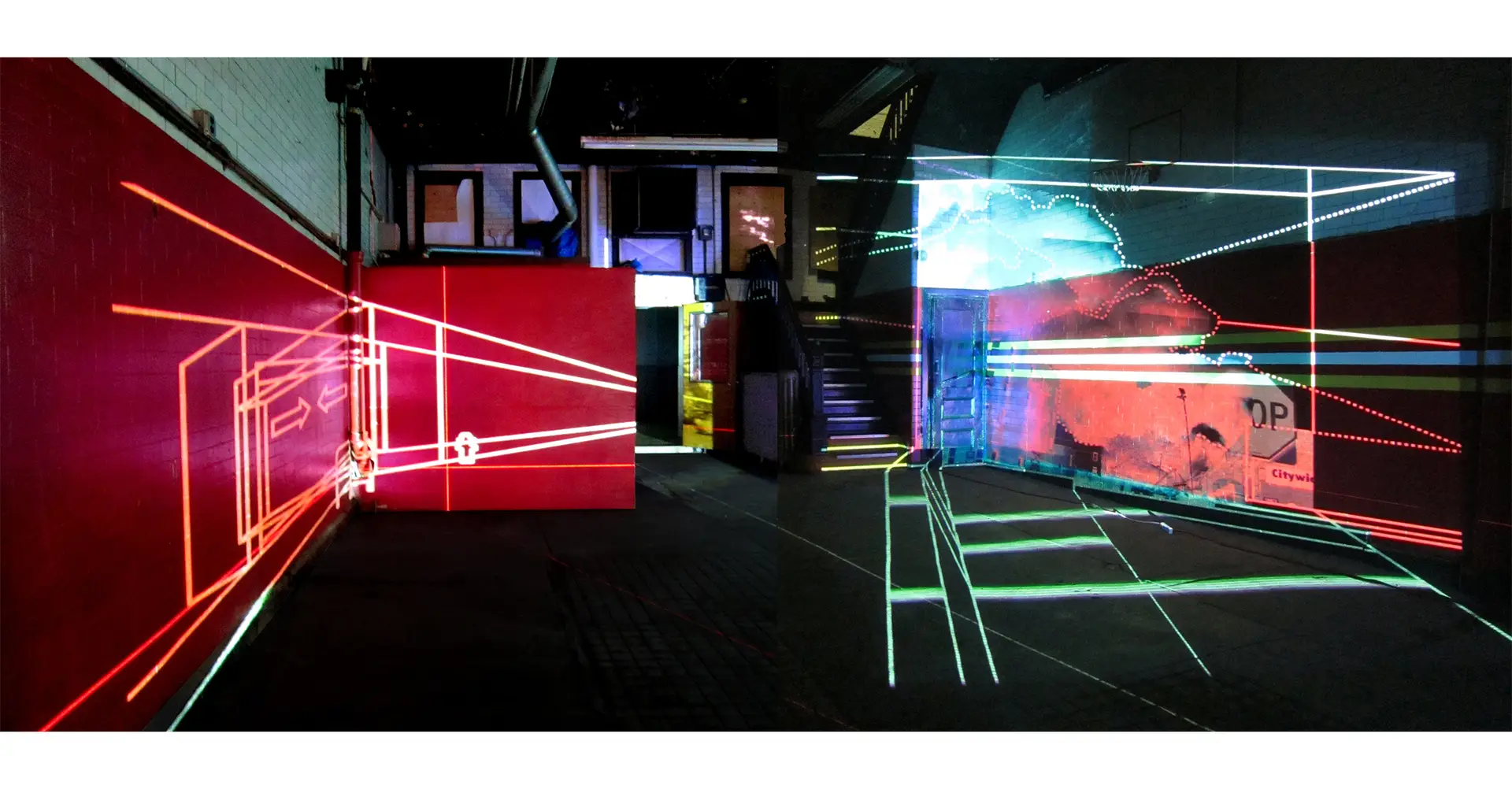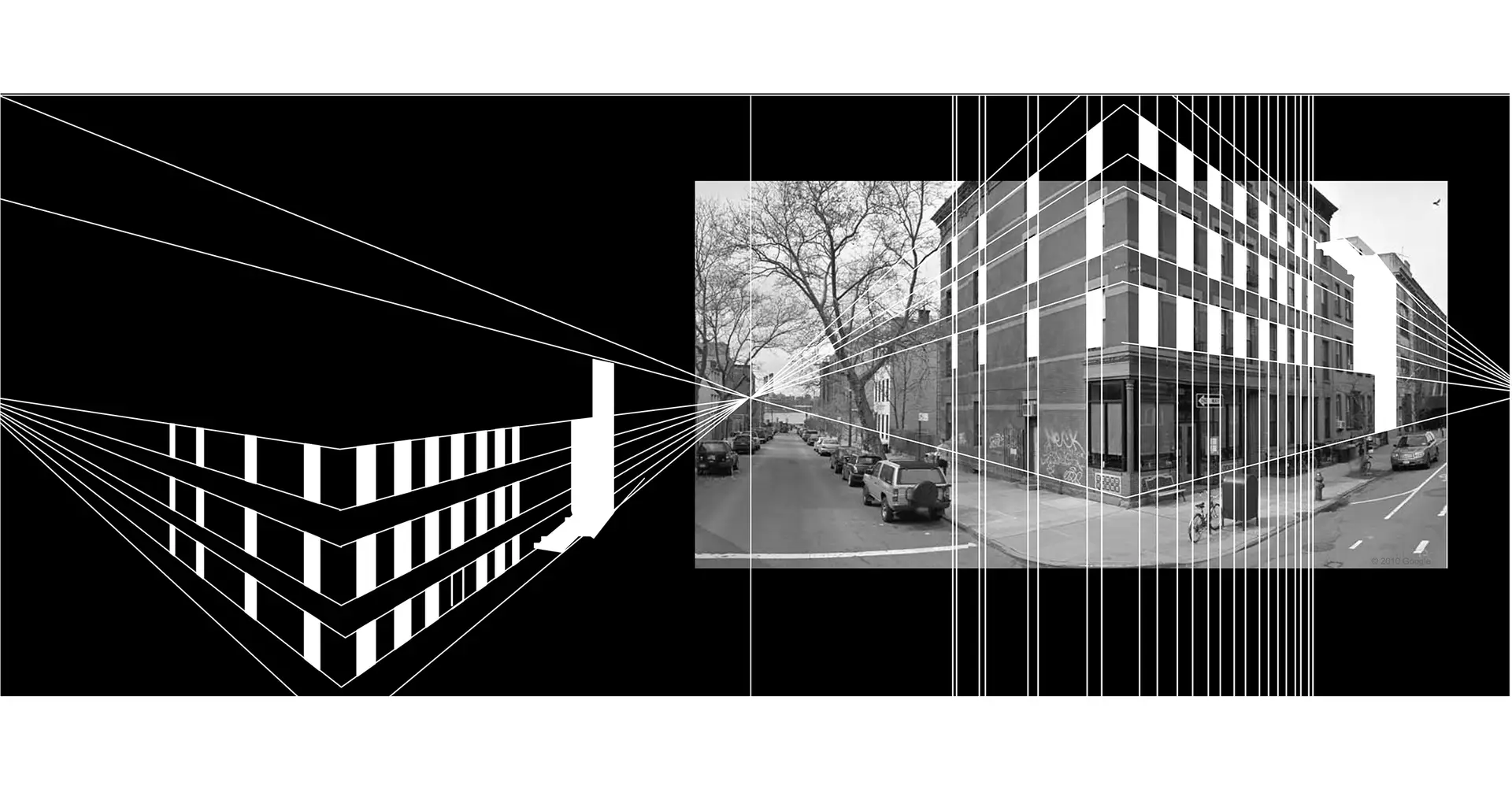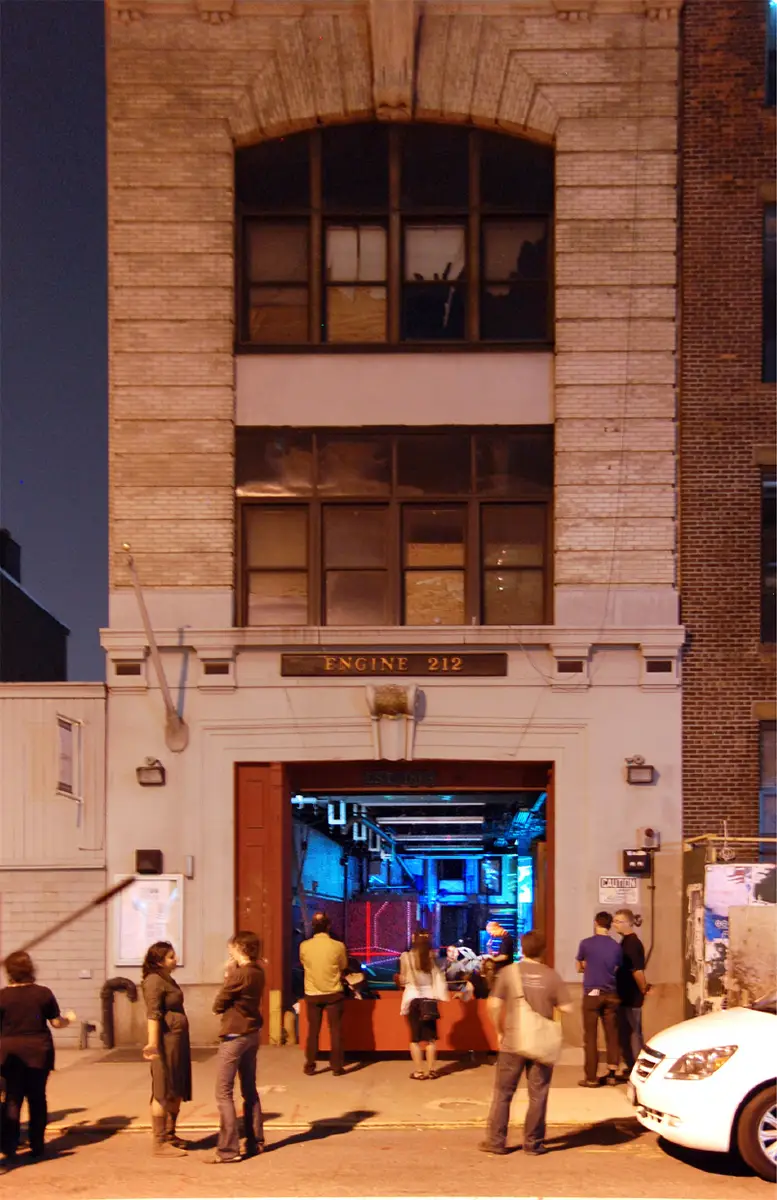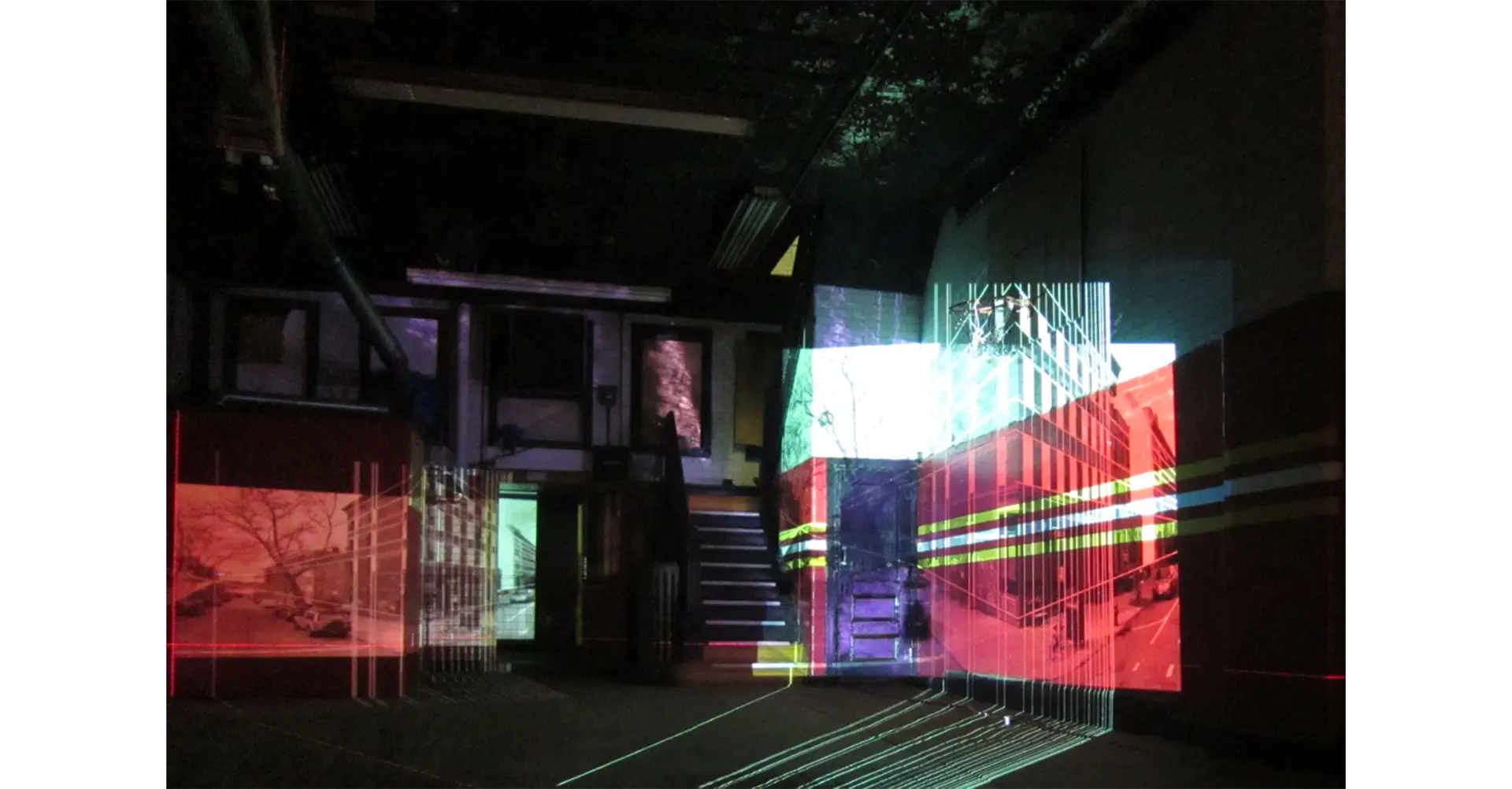


Engine 212
Brooklyn, New York
2010
The interior of the firehouse, despite its run-down appearance, is a charged space. One that instigated a community to come together and generate enough momentum to create a possibility that will ultimately allow Engine 212 to become a public owned community center.
The interest is in the interior as a repository of the past when the large double story space housed the fire engine. Using the medium of light, Aslihan Demirtas and Nandini Bagchee will ruminate on the latent possibilities of this vacant interior. The ephemeral medium of light will allow transitory spaces to occupy the vacant firehouse. Once the source of the projection is turned off, these spaces cease to exist. The intermediary of light makes an intervention possible in a fragile building that has lain vacant for years. This installation will speculate on the context, the surroundings, history and then allude to the future of this building as a place to experiment and create a new arena for debate and discussion
Project team: Nandini Bagchee, Aslihan Demirtas
